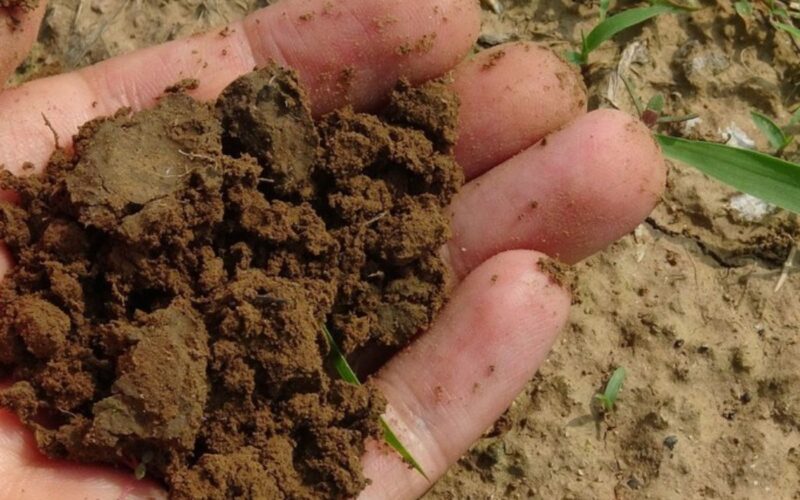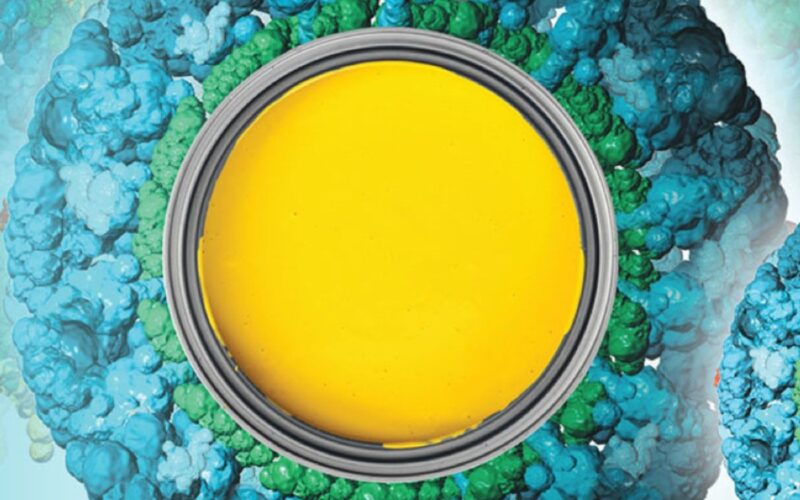5: eAgronom- Transforming Voluntary Carbon Offset Markets
Carbon cycle occurs naturally in nature during photosynthesis. Plants absorb carbon dioxide and release oxygen and when animals consume the plants they release the carbon dioxide that is again absorbed by the plants. Human activities put out more carbon than nature can handle. We have to use every possible way to absorb this excess carbon from the atmosphere. Soil is an excellent source to capture and sequester carbon.
In this episode we talk with the son of a generational farmer, Robin Saluoks of eAgronom, who uses technology to provide solutions that encourage farmers to operate smarter and sustainably. eAgronom helps farmers monitor and verify sustainable practices, generate carbon credits, increase agricultural efficiency, and gain better access to financing in the future. They use data and technology to inform the farmers about the soil conditions and help them get financing to adopt sustainable farming practices. They then help the farmers sell their carbon credits in the carbon market thus helping them off set some of the costs of changing to sustainable farming. Learn more about this win-win solution from the Founder and CEO of Eagronom Robin Salouks.
https://www.eagronom.com/
https://mindfulbusinessespodcast.com/
#carboncapture
#sustainablefarming
#Carboncredit
#humous
#carbonfarming
#Carbonsequestration
#mindfulbusinessespodcast
#eagronom




